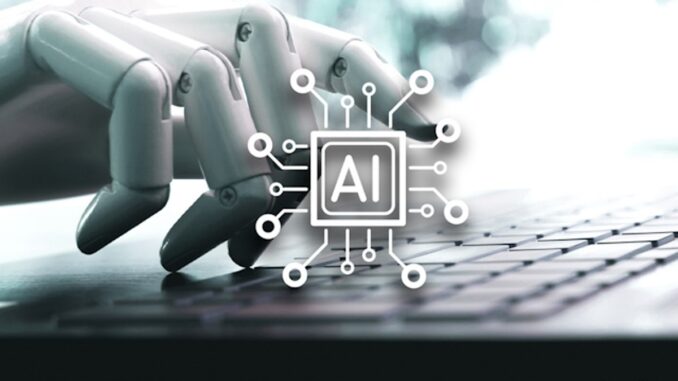
Artificial Narrow Intelligence (ANI), also known as Weak AI, refers to AI systems that are designed and trained to perform specific tasks or solve particular problems.
Unlike Artificial General Intelligence (AGI), which aims to replicate human cognitive abilities and can perform any intellectual task that a human can do, ANI is limited in scope and functionality.








Key characteristics of ANI include:
1. **Task-Specific**: ANI is designed for a specific application, such as language translation, image recognition, or playing games like chess and Go.
2. **Narrow Focus**: ANI operates within a narrow domain and does not possess the ability to understand or perform outside its designated tasks. For example, an AI that excels in diagnosing diseases in medical images cannot use that knowledge to drive a car or engage in general conversation.
3. **Data-Driven**: ANI models are trained on large datasets and utilize machine learning algorithms to uncover patterns and make predictions or decisions. The performance of ANI is heavily reliant on the quality and quantity of the training data.
4. **Common Applications**: ANI is widely used in numerous applications, including virtual assistants (like Siri and Alexa), recommendation systems (in platforms like Netflix and Amazon), autonomous vehicles, and chatbots.
5. **No Consciousness or Self-Awareness**: ANI systems do not possess consciousness, self-awareness, or understanding. They operate based on algorithms and statistical methods rather than any form of sentient thought.
While ANI is powerful and capable of outperforming humans in specific tasks, it is fundamentally limited to those tasks and lacks the general reasoning and understanding associated with human intelligence. As of now, all AI technologies in use today are examples of ANI.

Leave a Reply